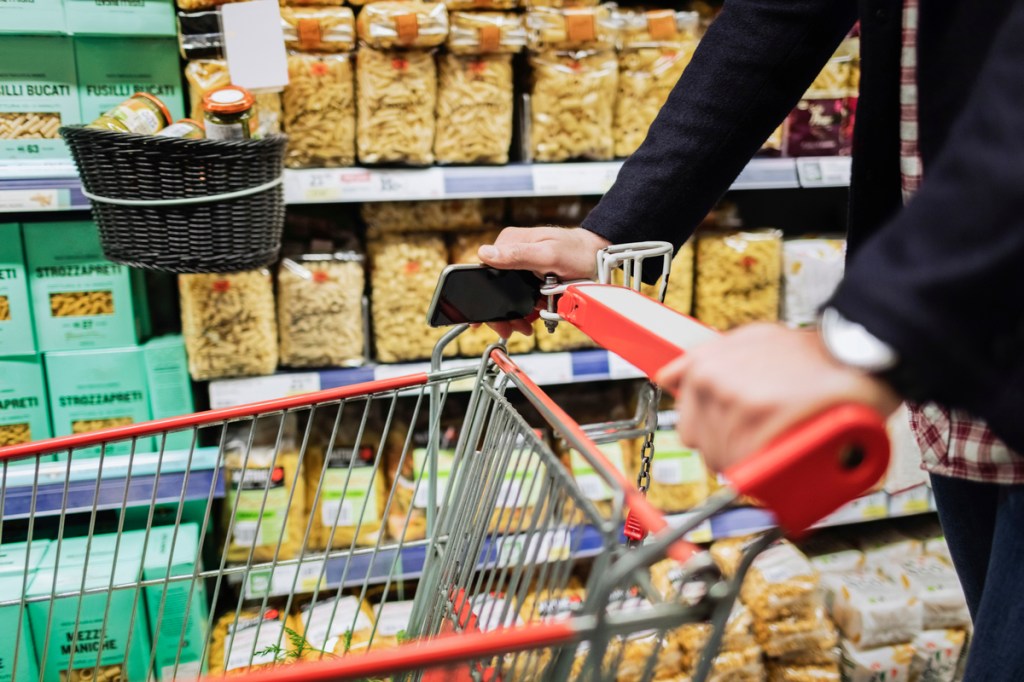The COVID-19 pandemic has disrupted our life and economy in countless ways, and the retail industry is no exception. Specifically, for the CPG market, the pandemic has increased eCommerce purchases, created a spike in demand for grocery and drug products, and increased the search for the best price driven by budget-constrained.
All this has led to a huge disruption in loyalty and a clear risk to both retailers and brands. Competition in retail has always been fierce. But these days, the competition is only one click away. As can be learned from a Mckinsey study, 40% of customers have tried a new retail chain or brand as a result of out of stock issues and price sensitivity. Of these switching customers, 12-21% has been driven as a result of relevant marketing message. Clearly, there is a greater need than ever for retailers to leverage the customer data they have collected over the past years in order to ensure customer loyalty. Retailers who have collected years of history on their customers’ purchase habits through loyalty programs have a clear advantage in engaging with their customers and keeping their business. But many are still not taking full advantage of this important asset.
What does it take to deliver relevant marketing messages that have a lasting impact on customer loyalty?
It is important for both retailers and brands to move away from a product-centric approach, and adopt a customer-centric approach. In other words, retailers must shift from “I have a product I want to sell…find me the right customers” to “I have customers that I would like to grow…find me the right offers.”
Obviously, the goal for the retailers and brands is still, and will always remain, selling more products in higher volumes. But the way to reach this goal is to pivot from being product-led to being customer-led.
Practicing Customer-first
For retailers, the first important step in becoming customer-first is to analyze the data to gain a deep understanding of their customer. Retailers should understand at the individual customer level what products they buy and at what frequency. They should know a customer’s channel preferences, and which categories they tend to buy in-store vs online. They should try to understand a customer’s dietary and lifestyle preferences, as well as their loyalty level to different brands and their price sensitivity in different categories.
This level of customer understanding defines the winning card and the advantage of retailers over the competition.
Understanding the customer is a big step. However, to make the most out of it, the second step would be sharing customer insights with the Brands.
For retailers, keeping the customer insights all for themselves and leaving the Brands in the dark is not in their best interest. This really is a win-win game. Providing brands appropriate access to customer insights not only unlocks greater revenue opportunities for both retailers and brands – it ultimately leads to a more value for the customer.
With the insights, the brands can get an idea about:
- The number of customers that are trying their new innovation
- The cross-sell potential for their different products
- The changes in loyalty overtime for their different products
With this understanding, the brands are in a much better position to propose specific relevant offers.
The offer can be presented – subject to retailer approval, of course – both on the retailer’s owned media (mobile app, eCommerce) or presented externally on social media and other third-party properties.
Being relevant is key. That creates the third win – the win for the customer. By being on the same page and working collaboratively, the retailer and the brands are together building a customer-centric offer bank that best serves the customer needs. That offer bank then becomes the basis of the personalization program.
Yes, the goal is still to sell more products in higher volumes. But the way to achieve it, is now focused on the customer needs, rather than just trying to push products that do not meet their sales volume objectives.
Personalization of the customer shopping experience
Building the customer-centric offer bank is an important step in leveraging customer data. But personalization is much more than just coupons and offers. With a deep knowledge of each individual customer, you can improve the overall shopping experience, from planning to checkout and beyond. In other words, you can personalize the entire customer journey.
- Before Sign in: Personalized coupons to drive traffic to the store
- After Sign in: Help with the personalized presentation of the promotions so customers can easily find the most relevant deals for them
- While browsing: Present a personalized list of the products that are relevant to the customer, saving the need to scroll down to find favourite products
- Add to Cart: Present product alternatives to assist in the case of out-of-stocks
- At Checkout: Remind the customer about products they may have missed buying based on their past purchases and replenishment cycles

All of this does not just apply to eCommerce. Looking forward, it is not hard to see how the real-time personalization of the online shopping journey would be also very relevant to the hybrid store. With more and more customers using their mobile app to facilitate their purchase trip in the physical stores, and more and more retailers introducing features such as self-scan from a mobile device, the customer shopping experience is poised to become a truly omnichannel experience.

Hybrid Store context-based



